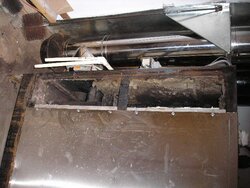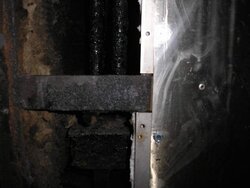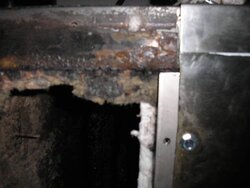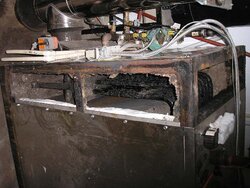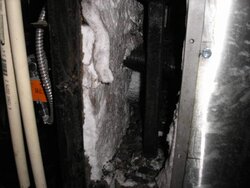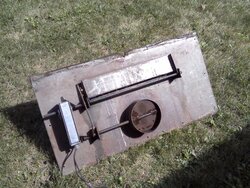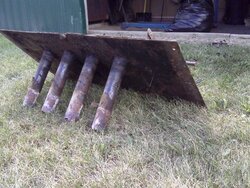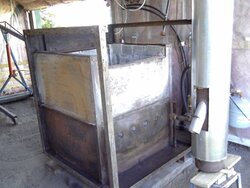Now you guys are getting close to what I've got under way.....
Does anybody know what this is thats being advertised on the new Setons? " stainless steel evaporative condensate system "
Jesse, any Pics you could share?
Does anybody know what this is thats being advertised on the new Setons? " stainless steel evaporative condensate system "
Jesse, any Pics you could share?


